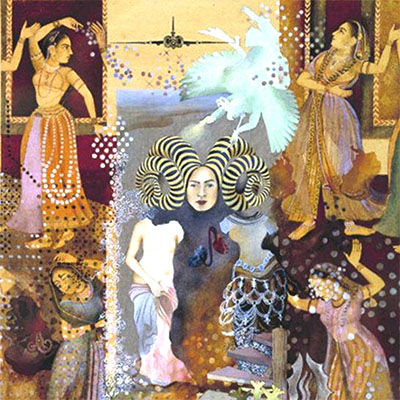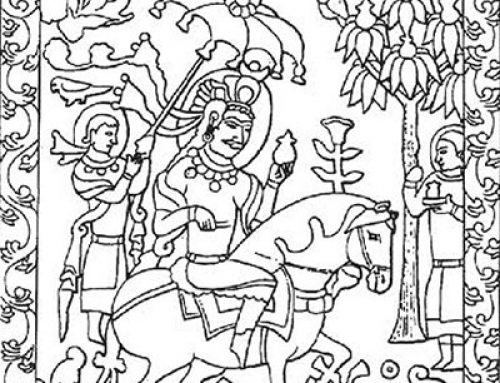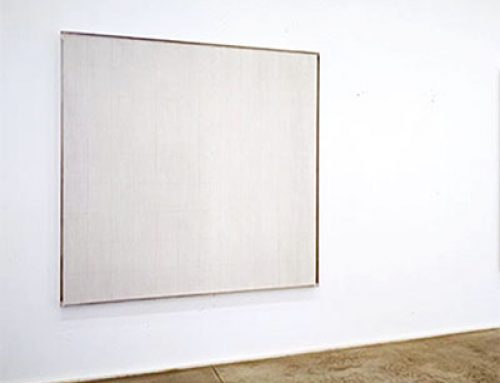Culture is the art of the “globalized world”
Review of Shahzia Sekandar’s works
Introduction
The history of human civilization has reached the third millennium and the final stage of modernity. Globalization, due to its special components, has dominated new conditions and relations in the world, the most important of which is the change of the tools of power from politics and economics to culture. Globalization has given culture a special place because the most important thing is the relativization of culture due to the process of compression of time and traditional spaces. Understanding the reality of the enormous power of the process of globalization of culture is essential because no society, even in a remote corner of the world, will be immune to its profound effects. Some take a stand against globalization and are concerned about their national, ethnic and religious cultures. But in fact, cultural pluralism, cultural and intellectual diversity, democracy, interfaith relations, and the status of the global citizen pose a positive opportunity for wealth and human life. Exploring the special place of today’s art forms as the most important product of culture will not be possible except by carefully examining the contexts and principles of today’s globalized world. It is important to note that “the most important development of the twentieth century was the expansion of state support for the arts, which … is called the nationalization of culture” (Wolf, 1988: 59).
Survival, production, and the economy of art will now be possible only by studying the practices and institutions of cultural production. New and completely contradictory positions have been taken with modernism in art to give proportionate answers to global needs. The only tool in the world of professional criticism and art markets today is global art, created by the citizen-artist of the world and able to satisfy the pervasive taste of the search for foundations as well as cultural multiplicity.
In accordance with the title of the research, the important elements of the position of culture defined after explaining the conditions of globalization and its consequences in culture and art, will be addressed to the citizen-artist of the world. Among the topics are examples of works by Iranian artist Mina Fashangchi and Pakistani-American artist Shahzia Sekandar, as well as contemporary art seekers’ concerns about identity, tradition, intercultural relations and gender.




